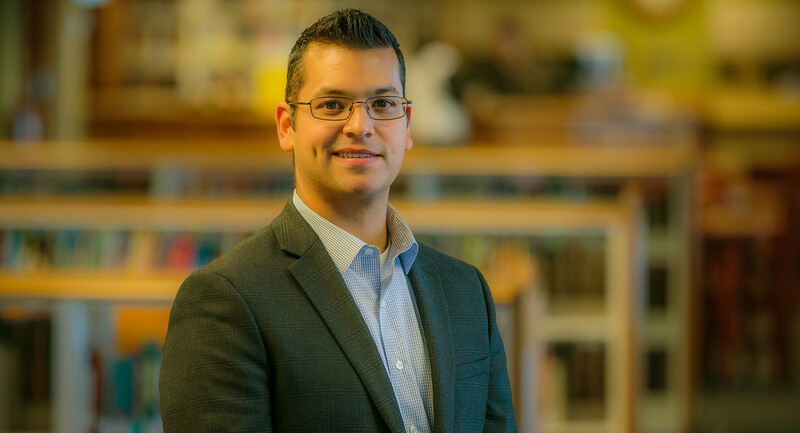According to the Oxford English Dictionary, something that is nominal “exists in name only . . . merely named, stated, or expressed, without reference to reality or fact.” Having now spent more than 25 years working with organizations, I’ve come to see that the word nominal often describes how change occurs in schools. Leaders say they are implementing Differentiated Instruction (Tomlinson, 2009), Visible Learning (Hattie, 2008), Gradual Release of Responsibility (Fisher & Frey, 2008), or other models. But what’s implemented in these leaders’ schools bears little resemblance to the skills, beliefs, knowledge, and processes those who developed the models describe as quality implementation. Some change may happen as leaders make a good-faith effort toward a new approach—but too often it’s not the level or kind of change the approach could produce. Schools implement high-leverage practices in name only.
I think I have at least a partial understanding of why nominal change is common. Few people are busier than education leaders, and leaders are anxious for change in their schools. Taking months to plan an intervention effectively seems hard to justify when students are dropping out and you’re already overwhelmed with work. Also, people tend to lose interest in innovations over time. Trying out something new often seems more interesting to change leaders than going the distance with an intervention a school has been working on for years. I’ve felt these forces myself as I’ve led my organization.
Some change may happen as leaders make a good-faith effort toward a new approach—but too often it’s not the level or kind of change the approach could produce.
There are, however, negative consequences from nominal change. If new practices aren’t implemented effectively, they won’t make a difference. When new practices don’t have a positive impact, organizations move to other new interventions, which in turn get poorly implemented and eventually forgotten. This nominal change cycle—introducing new practices, implementing them nominally, and then moving on to other new practices (that will eventually be implemented nominally and rejected)—erodes teachers’ commitment to any new initiatives. Over time, teachers come to (somewhat cynically) adopt the mantra, “This too shall pass.”
Getting Beyond Nominal Change
Fortunately, there are several steps leaders can take to get out of the nominal change cycle.
Begin with the end in mind. Leaders need to be extremely clear on why they are implementing a new strategy and what will be different when that strategy is effectively carried out. They need to communicate that vision schoolwide. Clarity around the desired outcome should be a north point on a compass, guiding everyone’s actions as a new practice is implemented.
Identify a champion. If an organization is going to implement a new practice, such as a certain model of coaching or PLCs, someone needs to lead the implementation. The best champions for change are experts in aspects of the initiative being implemented—those who combine emotional intelligence, expertise, humility, and ambition for improvement.
Add by subtracting. The champion you choose needs to have time to do that leadership work. Most people who work in schools don’t have a lot of extra time in their day. If they are going to add something new to their day, they will need to remove something else. Powerful change can’t be an add-on; time has to be created so that the new practice can be implemented effectively.
Ensure deep knowledge. Most instructional models or practices involve many different components. My team has found that good coaching, for example, involves knowledge (of teaching strategies and data gathering), skills (at least 10 essential coaching skills), beliefs (based on existing extensive research on how people change), and a particular process. So if coaching is going to be implemented effectively, champions, coaches, principals, and teachers all need to know exactly what that model is and how long implementing it well should take. We have found, for example, that to hit a goal that leads to sustained change and unmistakably positive outcomes for students takes, on average, 6–8 weeks. And champions need to know what a new practice should look like when it is implemented so they can provide the in-depth support needed for quality implementation. To help them develop that deep knowledge, champions may need their own coaches.
Plan. Leaders who want to be successful need to take the time to plan how the key people involved will learn to do what is needed for a practice to be implemented. For example, coaches who are going to use the skill of questioning to set powerful goals with those they coach will need to practice that skill at least 10 times. That amount of practice won’t happen unless leaders plan when and how it can happen.
Try, test, improve. The best-laid plans, of course, still need to be tested, adapted, and improved on. For change to be more than nominal, educators need to measure what works and what doesn’t work, and make improvements until whatever practice they’re adopting is helping teachers and students hit their goals. For example, teachers who partner with instructional coaches might set student achievement goals, gather data through the use of formative assessment, and use that data to adapt their teaching until students hit their goals.
Listen to teachers and students. It’s a strange reality that the people who are closest to a change often have the least say in how it’s implemented in a school. But teachers’ firsthand experiences with what is and isn’t working with an intervention can be extremely valuable for making improvements. Similarly, students’ feedback is often incredibly helpful for anyone improving new practices. When it comes to understanding what works and what doesn’t, students are often a great untapped resource.
Like so many things in life, taking the time to plan, learn, and improve can make a difference.
Be a Difference Maker!
There is no lack of good ideas on how to improve schools. But there is a lack of quality implementation. Nominal change wastes everyone’s time in a school, including students’ time. Like so many things in life, taking the time to plan, learn, and improve can make a difference. Change doesn’t have to be in name only.









